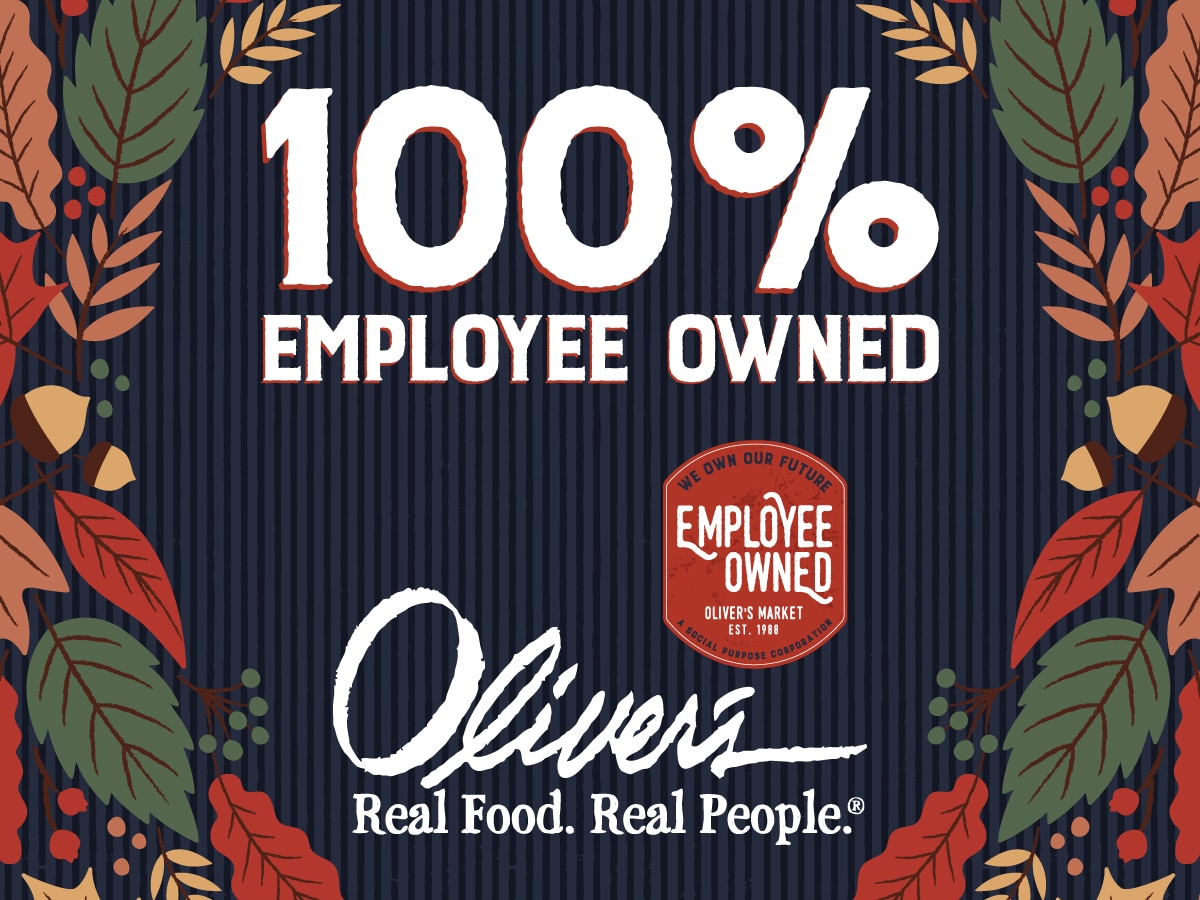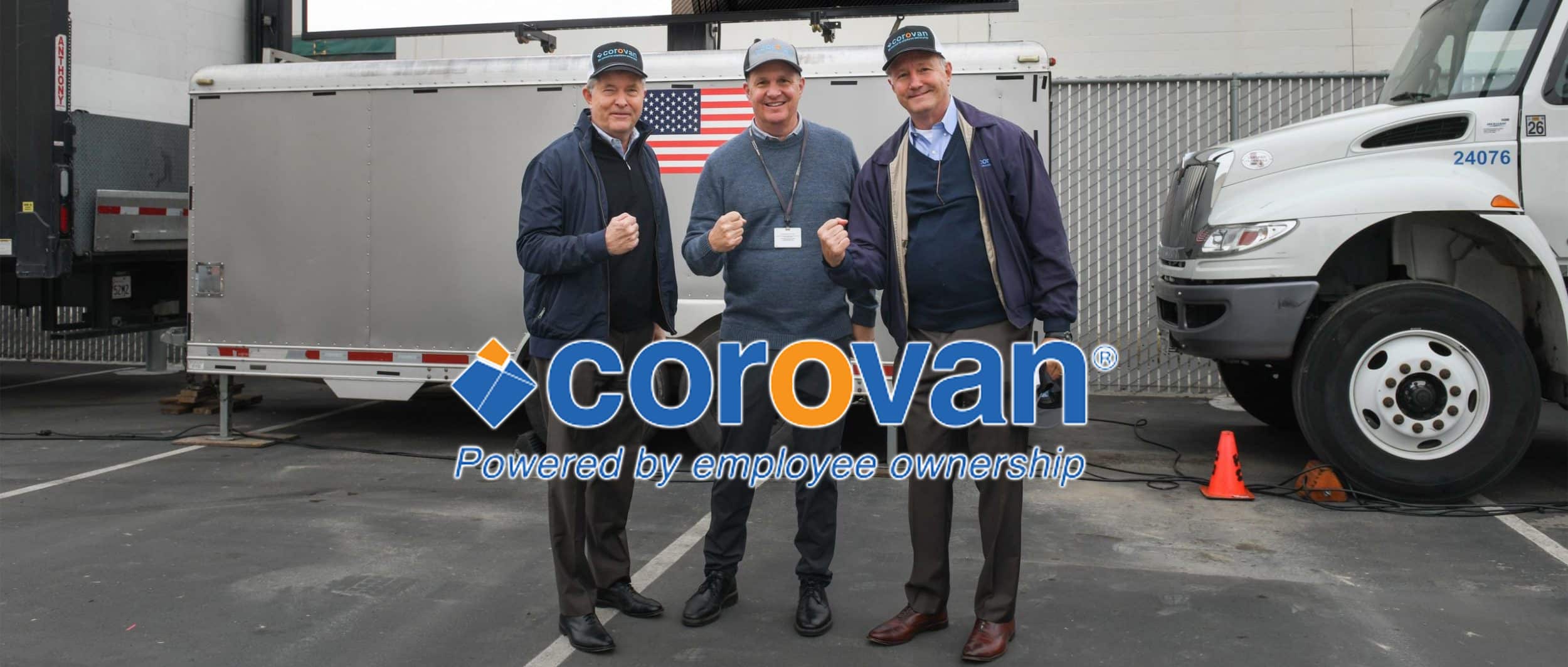During the past two quarters many businesses have downsized their operations and have implemented reductions-in-force, yet they are still faced with negative cash flows.
Fortunately, there is a ready solution to the negative cash flow problem that many businesses will experience for the rest of this year and most of next year.

That solution utilizes a well-known tool that has been part of the tax code for over 35 years. It is a tool that is relatively inexpensive to implement and does not require the use of outside lenders or expensive factoring companies.
The solution is to implement one or more forms of a Cash Flow Employee Stock Ownership Plan
(“CF ESOP”). There are four similar but different forms of a CF ESOP that a company can use to enhance its cash flow and increase its liquidity, depending upon the facts and circumstances. The following is to describe these four types of CF ESOPs and to explain how each of them can be used to increase a company’s cash flow.
401(k) Match ESOP (“kMatch ESOP”)
If a company currently has a 401(k) plan and needs to increase its cash flow by only a modest amount, one of the simplest and easiest ways to achieve an immediate and modest increase in cash flow is to adopt a kMatch ESOP. Under this type of ESOP, the matching contributions that would normally be made to the company’s 401(k) plan are diverted to the ESOP, and these contribution are then made in the form of newly-issued shares of company stock.
These contributions will satisfy the requirement that the company must make matching contributions to its 401(k) plan, and the company’s cash flow will automatically increase by virtue of the fact that these contributions are made in shares of company stock rather than in cash. If a company is also making discretionary contributions to its 401(k) plan over and above the matching contributions, the company can also divert these discretionary contributions to the ESOP and make them in the form of shares of company stock if the company wants even more cash flow savings.
Tax Reduction ESOP (“TR ESOP”)
If a company is currently in a tax paying position (or has paid corporate taxes in the past two years) and wants even greater cash flow savings, it may want to adopt a TR ESOP.
A TR ESOP is similar to an ESOP that is used to create an in-house market for existing shareholders of a company (a “Market Making ESOP” or “MM ESOP”) in that it is designed to be primarily invested in shares of company stock. Like an MM ESOP, contributions to a TR ESOP can be made in any amount up to 25% of eligible payroll. However, unlike an MM ESOP, contributions to a TR ESOP are made in newly-issued shares of company stock rather than in cash.
Thus, contributions to a TR ESOP create non-cash tax deductions that serve to reduce corporate taxes (or personal taxes in the case of LLCs and S corporations). If these deductions result in a tax loss in any given year, this tax loss can be carried back by the corporation (or by the shareholders in the case of LLCs and S corporations) to the prior two years, resulting in a tax refund if taxes were paid in either or both of the two prior years.
Debt Offset ESOP (“DO ESOP”)
If a company has existing debt obligations and is currently making principal payments on this debt, the company will have substantially less available operating cash flow than a company that is debt free for two reasons. First, the debt-burdened company will be obligated to make debt repayments on a regular and recurring basis. Second, the principal payments that the debt-burdened company is obligated to pay back are not tax-deductible, i.e. they are paid back with after-tax dollars.
A DO ESOP, however, can be used to offset the fact that principal payments are non-deductible. This is accomplished by contributing newly-issued shares of company stock to the DO ESOP each year in an amount equal to the amount of the principal payments made that year.
These contributions serve to create non-cash tax deductions that offset the non-deductible principal payments. Assuming that the company is in a tax paying position, the net effect on the company’s cash flow is the same as would be the case if principal payments were in fact tax deductible.
Salary Reduction ESOP (“SR ESOP”)
An SR ESOP is usually implemented in those cases where the company needs to increase its cash flow above and beyond the amount of cash flow saving that can be generated from non-cash tax deductions.
An SR ESOP is implemented in two steps. The first step is to institute an immediate, mandatory across-the-board salary reduction in any amount up to 25% of annual wages. The second step is to adopt an IRS-qualified ESOP and announce to your employees that so long as the salary reduction remains in force, the company will contribute newly-issued shares of company stock to the ESOP having a value equal to the amount of the salary reduction.
Here is an example of how this would work. Suppose that your company’s annual wages are $5 million. An immediate 20% salary reduction would result in a cash flow savings of $1 million per annum. However, an immediate salary reduction will result in increasing the company’s taxable income by $1 million, and may result in many of your employees leaving the company.
In step two, however, the salary reduction is offset by the contribution of company stock to the ESOP so that each employee receives stock equal to the amount of his or her wage reduction, and the company still has a total tax deduction for salaries and benefits of $5 million.
The result is similar to an IPO. In fact, you might think of it as an internal IPO. The company issues
$1 million worth of company stock to its ESOP in exchange for $1 million of cash that would otherwise be spent on salaries.
However, in many ways an SR ESOP is much better than an IPO. First of all, unlike an IPO, there are no registration or disclosure requirements. Second, the shares are held in a tax-exempt trust, so there are no additional individual shareholders. Third, except for certain special issues, all voting rights are exercised by the trustees of the trust. Since the trustees are usually corporate officers, the employees do not have any voting rights, except for certain special issues.
QUESTIONS AND ANSWERS
Question: Is a CF ESOP expensive to implement?
Answer: No. The typical cost to install a CF ESOP ranges from $25,000 to $35,000. There is an additional fee that ranges from $8,000 to $15,000 to obtain an appraisal of the fair market value of the company’s stock, but that fee would be typically be paid after the end of the company’s fiscal year.
Question: How does the contribution of shares of company stock to the ESOP save taxes?
Answer: In the case of an S corporation or an LLC, the tax deduction for the contribution to the ESOP will reduce the company’s taxable earnings, thus reducing the amount of taxable earnings that are imputed to the company’s shareholders. In the case of a C corporation, the tax deduction for the contribution will reduce the company’s own taxable earnings, and thus reducing the company’s tax liabilities.
If the contribution results in creating a net loss for the year, or results in increasing the loss that the company would otherwise have reported, these losses can be carried back to the prior two fiscal years resulting in a tax refund of any taxes paid in the two prior years.
Question: What is the maximum amount that can be contributed to an ESOP?
Answer: The maximum amount that can be contributed to an ESOP is 25% of “eligible payroll.” Eligible payroll is usually defined as the total wages of all employees who have completed 1,000 hours of service during the fiscal year.
Question: Won’t the issuance of new shares of company stock dilute the value of my remaining shares?
Answer: It depends upon the type of CF ESOP that is implemented. The issuance of shares of company stock to a kMatch ESOP, a TR ESOP or to a DO ESOP will result in some dilution to existing shareholder equity. The amount of that dilution will depend upon how much stock is contributed and upon the current fair market value of that stock.
In the case of an SR ESOP, on the other hand, there will be no dilution. As mentioned above, if your company issues $1 million worth of company stock to its ESOP in exchange for $1 million of cash that would otherwise have been spent on salaries, the company will in effect have sold $1 million worth of company stock at fair market value. The result is similar to an IPO. There are more shares outstanding after the transaction, but the value of the company will be higher as a result of the reduced payroll expense and the increased profitability and cash flow.
Question: If the business is losing money, won’t the value of the company stock that is contributed to the ESOP be greatly reduced from what it is truly worth in the long run?
Answer: There are several reasons why the valuation of the company stock may not be greatly reduced.
First, the salary reduction will itself instantly make your company more profitable. In the example described above, for example, the company’s cash flow will immediately increase by $1 million per annum.
Second, most appraisals use at least three different methods of valuation. One method is based on historical earnings, which are probably higher than current or projected earnings. The other two methods are based upon the present value of projected earnings and upon the present value of projected cash flows over the next ten years.
Under these methods, even if the projected earnings and the projected cash flows are lower over the next two years, the overall value will not be greatly reduced if the earnings and cash flows return to normal over the following eight years.
Third, for businesses that are not service-based businesses, book value becomes a valuation floor value, even if the operating earnings would result in a lower valuation over the next year or two.
Fourth, assuming that the company is a regular C corporation (or terminates its S election if it is currently an S corporation), the company can create a class of preferred stock, and this preferred stock can be used to fund the ESOP. Assuming that the preferred stock pays an annual dividend that is comparable to current market rates of say 4% per annum, the preferred stock will be valued at face value.
Question: What if my company is not losing money but is still profitable and growing? Does an SR ESOP still make sense in that situation?
Answer: No, but an MM ESOP or an Employee Incentive ESOP (“EI ESOP”) does make sense. The great majority of ESOPs are designed, not as a way to create cash flow for the business, but as a way for the shareholders to take money out of the business without paying ordinary income taxes.
In the typical case, an MM ESOP is funded out of the profits of the business. The annual contribution to the ESOP is a tax-deductible expense, which serves to reduce the amount of taxes paid by the business (or passed through to the shareholders in the case of a S corporations and LLCs).
These contributions are then used to purchase shares of company stock from existing shareholders, which the shareholders can receive either tax-free or at capital gains rates, depending upon how the deal is structured. As in the case of an SR ESOP, an MM ESOP can be funded without the use of an outside lender by using seller notes. On the other hand, an outside lender can be used if the shareholders want all of their cash up front rather than in the form of a seller note.
Given that the state of world economic conditions over the next several years is uncertain, many shareholders of privately-held businesses are opting to increase their personal liquidity in case business conditions continue to deteriorate rather than improve.
In contrast to a CF ESOP and an MM ESOP, an EI ESOP is designed not as a way to create cash flow for the business or as a way to take money out of the business, but as a way to increase employee incentive and employee productivity. Most EI ESOPs are not leveraged and are not funded with cash. Rather, like CF ESOPs, most EI ESOPs are funded with newly-issued shares of company stock.
Of course, increased employee incentives and increased employee productivity are typically by-products of all of the various types of ESOPs. The difference is that in an EI ESOP, increased employee incentives and increased employee productivity are the primary objectives rather than being secondary objectives.
Next Steps
If you are interested in learning more about how an CF ESOP can be used to increase your company’s cash flow, how an MM ESOP can be used to generate personal liquidity for you and your shareholders, or how an EI ESOP can be used to increase employee incentives and productivity, please give us a call at 415-362-5200 or at 410-885-2531, contact us directly on our Contact Us page or visit our website at www.menke.com. Or you can fill out our preliminary feasibility analysis, free of charge, and one of our ESOP professionals will get in touch with you to determine if an ESOP can be used to accomplish your objectives.
John D. Menke
President & CEO
Menke & Associates, Inc.







